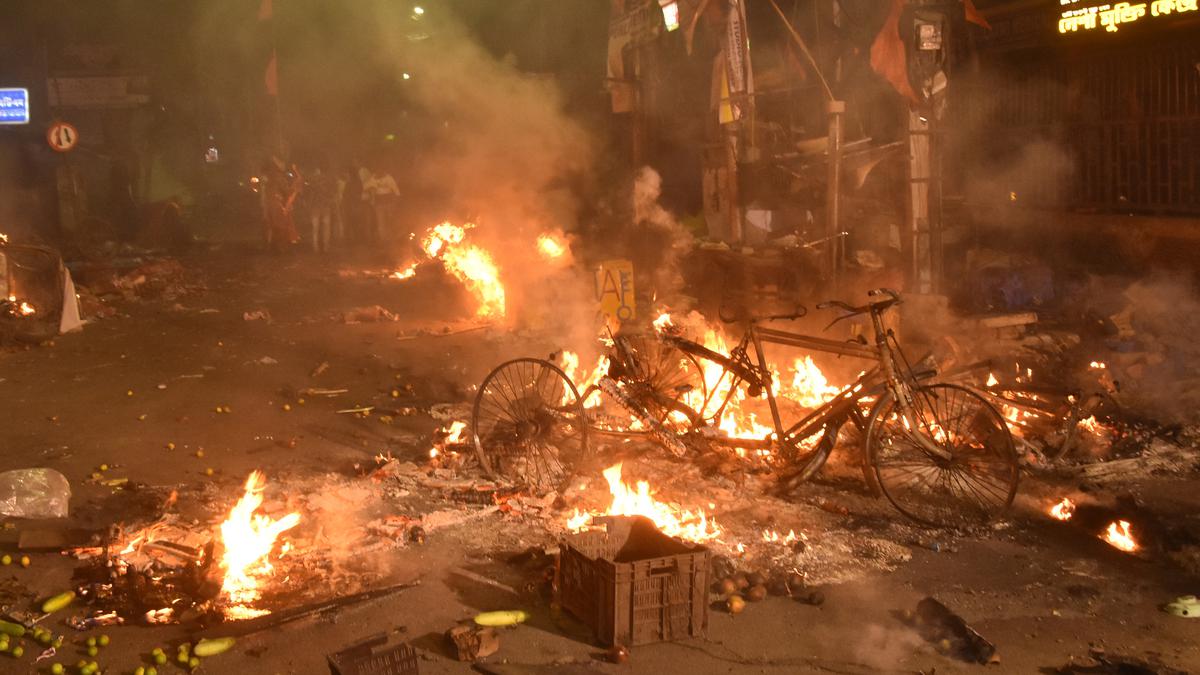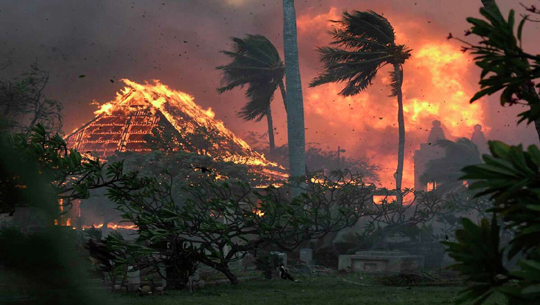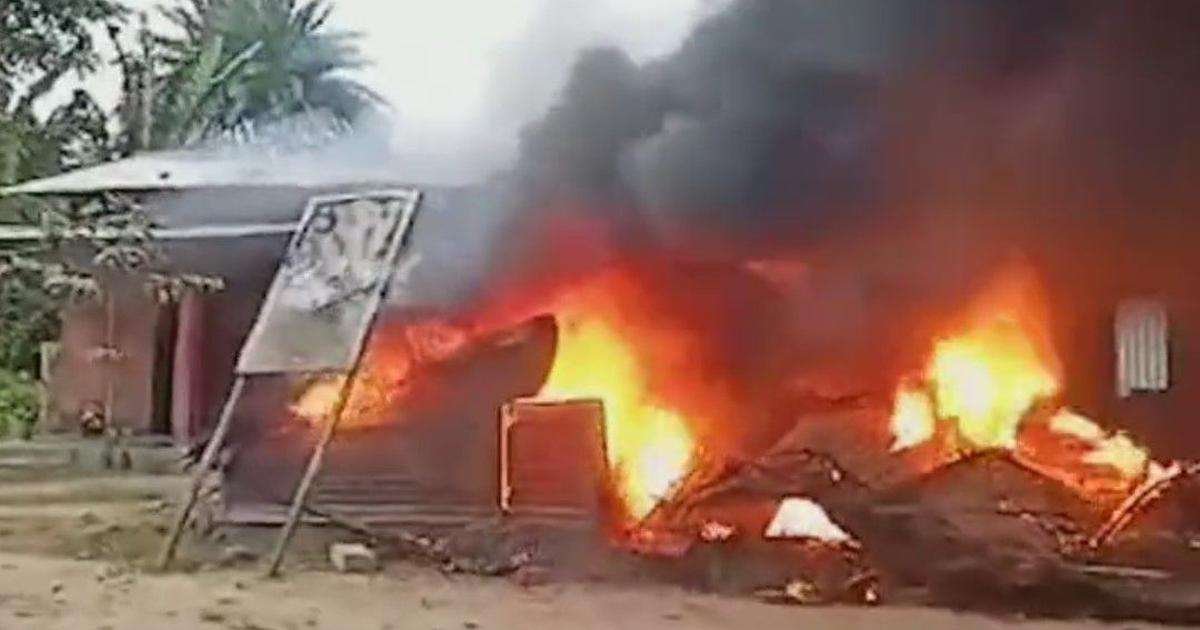The initial trigger for the clash was reportedly a protest against perceived police negligence following a robbery incident. In retaliation, protesters stormed the police stations, setting fires and engaging in violent clashes with officers. By the time additional law enforcement arrived to restore order, the fires had already engulfed significant portions of the police facilities, leading to extensive damage and casualties. Among the deceased were two police officers, with some reports indicating they were brutally attacked. Many others sustained injuries, and those in critical condition were transferred to Noakhali General Hospital for treatment.
The clashes have raised significant concerns about police conduct and community relations in the area. Eyewitnesses allege that the police’s response may have escalated tensions, as live ammunition was reportedly used, further agitating the crowd. Police officials stated that they responded as needed to prevent further chaos and property damage, yet the situation underscores longstanding issues related to law enforcement and local grievances in Bangladesh.

The tragic fires at the Sonaimuri and Chatkhil police stations in Noakhali, Bangladesh, have left five people dead, including two police officers, amid violent clashes between law enforcement and protesters. The unrest began as a demonstration by the Anti-Discrimination Student Movement, which criticized the police for alleged inaction following a robbery. Tensions escalated when police reportedly opened fire on demonstrators, sparking a wave of violence and arson at the police stations.
Sequence of Events
Protesters initially gathered near the Sonaimuri bypass, where their rally devolved into chaos when police allegedly fired on the crowd, resulting in one protester's death on the spot. In retaliation, protesters attacked the Sonaimuri police station, leading to arson that quickly spread through the building. The crowd then moved to Chatkhil police station, where they vandalized property and set fires, causing widespread destruction. Both fires were fueled by the protesters’ anger and were exacerbated by the station's flammable materials.

Casualties and Injuries
The five confirmed fatalities include two police officers who were reportedly killed in particularly brutal circumstances. Police officials confirmed that two of the officers were found with severe injuries, suggesting they may have been attacked before the fires started. Additionally, over 100 people were injured, including officers and civilians. Those with serious injuries were transferred to Noakhali General Hospital, where 34 individuals remain under treatment.
Broader Implications and Community Tensions

This incident highlights significant tension between local communities and law enforcement in Bangladesh. Some reports suggest that the police have been accused of using excessive force, which may have fueled public resentment. The violence has drawn attention to longstanding grievances, including allegations of police misconduct and a lack of accountability within the local government.
Authorities are now investigating both the cause of the initial violence and the police response. Meanwhile, community leaders have called for calm and dialogue to prevent further escalation. However, the incident has stirred deep-seated discontent, reflecting broader societal issues such as distrust of law enforcement and frustration over perceived injustice.

The fires and violent protests at the Sonaimuri and Chatkhil police stations in Noakhali have further revealed the complexities of the ongoing unrest in Bangladesh. Here are more in-depth details and context surrounding the incidents:
Heightened Tensions and Escalation
The demonstrations began as a protest against perceived police inaction regarding a robbery. The situation became increasingly volatile when, according to eyewitness accounts, police fired into the crowd, causing panic and anger among the demonstrators. This spurred the mob to attack the Sonaimuri police station, where they set fire to the building, causing extensive damage and claiming lives. Not long after, the protesters moved on to Chatkhil police station, resulting in further arson and the looting of police property, including firearms.

Investigative Actions and Government Response
Authorities are now conducting a full investigation to determine the exact causes of the fatalities and the extent of the damage. Initial reports suggest that the two officers who died were attacked by the mob before the fires broke out. This has raised questions about the level of preparedness and response by local law enforcement. In response to the unrest, additional police units have been dispatched to the area, and the government has called for an urgent review of security protocols at all police stations in the region.
Implications for Local Law Enforcement and Governance

This incident has heightened scrutiny of the role and actions of the police in Bangladesh, especially in rural areas where police-community relations are already strained. Observers note that such violent reactions can often be traced back to systemic issues, including corruption, lack of resources, and inadequate training within law enforcement agencies. Additionally, these events may intensify calls for police reform and greater oversight to prevent similar incidents in the future.
Public Reaction and Calls for Accountability
The deaths and injuries resulting from the clashes have sparked outrage among local communities, with many calling for accountability from both the police and the protesters. Community leaders and rights organizations have emphasized the need for a balanced investigation to ensure that justice is served for all parties involved. There is also a growing sentiment among citizens that systemic changes are necessary to address the root causes of such violent confrontations, which often leave lasting scars on communities.

As the investigations continue, this tragic event serves as a stark reminder of the challenges facing law enforcement and governance in Bangladesh, particularly in regions where public trust in institutions is fragile. The outcome of the investigations and the government’s response will likely have significant implications for the future of police-community relations across the country.







